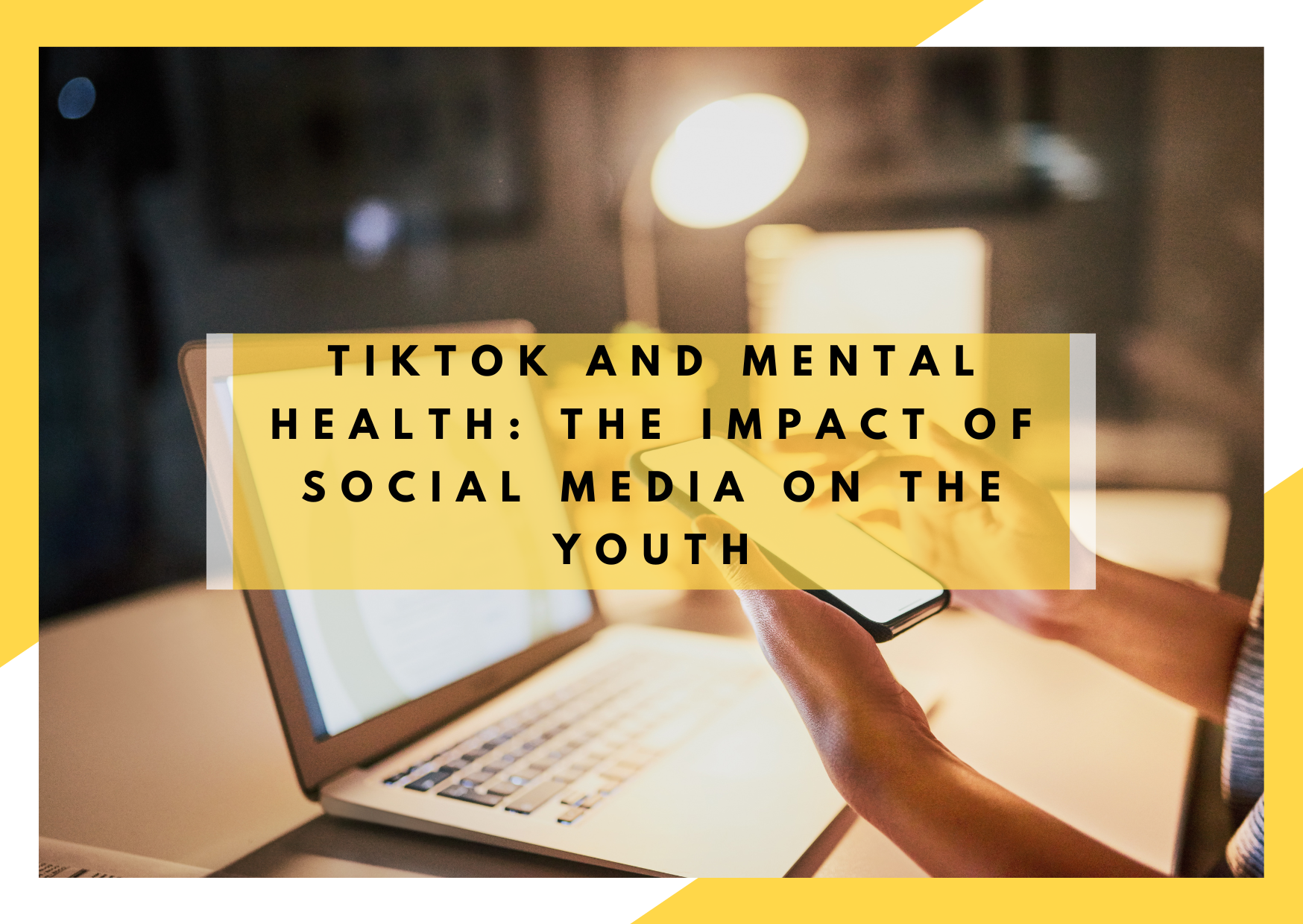July 29, 2025

Social media has become an integral part of modern society, particularly among young people. Platforms such as TikTok, Instagram, Facebook, and WeChat have transformed the way individuals communicate, consume content, and express themselves. However, concerns have been raised about the potential effects of these platforms on mental health. This article explores the impact of TikTok and other social media on mental well-being, the reasons behind TikTok’s rapid growth in the West, and the controversy surrounding its ban in the United States.
The Rise of TikTok
TikTok was launched in 2016 by the Chinese company ByteDance under the name Douyin in China. It was later introduced globally as TikTok in 2018. The platform gained massive popularity due to its short-form videos, engaging algorithm, and interactive features. Unlike traditional social media platforms, TikTok’s algorithm focuses on user behavior, quickly adapting to preferences and making content highly addictive.
How TikTok Differs from Other Social Media
While platforms like Instagram and Facebook focus on social networking, TikTok is primarily content-driven. Some key differences include:
-
Algorithm Efficiency: TikTok’s algorithm rapidly learns user preferences and provides personalized content almost instantly.
-
Content Format: Unlike Facebook and Instagram, which emphasize text, images, and videos, TikTok revolves around short-form, highly engaging video content.
-
Viral Potential: The “For You Page” (FYP) allows content from any user to go viral, whereas other platforms prioritize followers and engagement history.
-
Monetization & Creator Culture: TikTok offers robust monetization opportunities through brand collaborations, gifts, and creator funds, making it attractive to content creators.
The Role of Artificial Intelligence in TikTok and Social Media
Artificial Intelligence (AI) plays a crucial role in the functionality of social media platforms. AI is responsible for:
-
Content Recommendation: TikTok’s AI-driven algorithm analyzes user behavior, such as watch time and interactions, to curate a personalized feed.
-
Trend Analysis: AI identifies trending topics, hashtags, and viral challenges, amplifying user engagement.
-
Moderation and Safety: AI helps detect and remove harmful content, including hate speech and misinformation, although its effectiveness remains a topic of debate.
-
Influencer and Ad Targeting: AI optimizes advertising and influencer marketing strategies by identifying relevant target audiences.
While AI enhances user experience and engagement, it also raises concerns about data privacy, manipulation, and the addictive nature of social media content.
The TikTok Ban in the USA
The U.S. government has raised national security concerns over TikTok’s ownership by a Chinese company. Lawmakers fear that user data could be accessed by the Chinese government, posing risks to national security. In 2020, former President Donald Trump attempted to ban TikTok, but legal challenges delayed enforcement. Under the Biden administration, discussions continued, with some states and government agencies banning the app on official devices. In 2023, Montana became the first U.S. state to announce a statewide ban on TikTok, citing security concerns and potential harm to young users.
Why TikTok Spread So Fast in the West
Several factors contributed to TikTok’s rapid success in Western markets:
-
User-Friendly Interface: The app is easy to navigate, making it accessible to all age groups.
-
Personalized Content: The AI-driven algorithm ensures users see content that aligns with their interests.
-
Celebrity Endorsements: Influencers and celebrities quickly adopted TikTok, encouraging more users to join.
-
COVID-19 Pandemic: During lockdowns, TikTok became a major source of entertainment, leading to exponential growth in user engagement.
-
Engagement Features: Duets, challenges, and remixing content made participation fun and interactive.
The Effects of TikTok and Social Media on Mental Health
While social media offer entertainment and social connectivity, they also come with potential mental health risks, especially for young people. Here are some key effects:
Negative Impacts
1. Addiction and Screen Time Issues: The endless scrolling format can lead to excessive screen time, negatively impacting sleep and productivity.
2. Comparison and Low Self-Esteem: Exposure to curated, often unrealistic portrayals of beauty and success can lower self-esteem and contribute to body image issues.
3. Cyberbullying: Social media provides a platform for online harassment, which can lead to anxiety, depression, and stress.
4. Attention Span Reduction: Constant short-form content consumption can reduce the ability to focus on long-form information or tasks.
5. Mental Health Trends: TikTok has been criticized for popularizing mental health self-diagnosis, leading to misinformation and misinterpretation of psychological disorders.
Positive Impacts
1. Creativity and Self-Expression: TikTok encourages users to showcase their talents, creativity, and ideas, fostering a sense of accomplishment.
2. Community and Support: Many users find support and friendship through niche communities on TikTok and other social media.
3. Educational Content: From mental health awareness to life hacks, TikTok provides a platform for learning in an engaging way.
4. Opportunities for Entrepreneurs: Social media enables individuals to build businesses, market products, and gain financial independence.
5. Mental Health Awareness: While sometimes problematic, social media has helped reduce the stigma around mental health by normalizing discussions on the topic.
TikTok and other social media platforms have profoundly impacted society, particularly young people. While they offer numerous benefits, they also pose significant mental health risks. As the debate over TikTok’s security risks and influence continues, it is essential for individuals to use social media mindfully. Parents, educators, and policymakers should work towards promoting a balanced approach, ensuring that social media remains a tool for positive engagement rather than a source of distress. The conversation around digital well-being is ongoing, and as technology continues to evolve, so must our awareness and understanding of its effects on mental health.
